2023 Nobel Prize winner in chemistry.
This article tells you about the knowledge points of the 2023 Nobel Prize laureates, hoping to help you. Successors of the Nobel Prize for Chemistry were Caroline Ruth Bertosi (United States of America), Morton Meldar (Denmark) and Karl Barry Schuples (United States), 2022; David McMillen (United States) and Benjamin Lister (Germany), 2021; Emmanuel Char Ponte (France) and Jennifer Ethical (United States) in 2020; John B. Goodinaf (United States), M. Stanley Whitingham (United Kingdom) and Akira Geeta (Japan) in 2019.
Francis Arnold (United States), George Smith (United States) and Gregory Winter (United Kingdom) in 2018; Jacques Duborg (Switzerland), Joachim Frank (United States) and Richard Henderson (United Kingdom) in 2017; Jean-Pierre Sovi (France), Fraser Stoddat (United Kingdom) and Bernard Fringa (Netherlands) in 2016; Thomas Lindal (Sweden), Paul M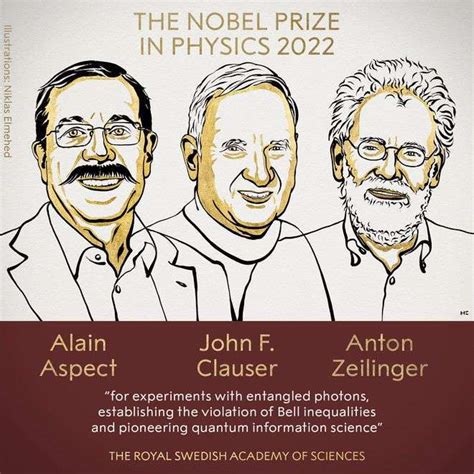 odrich (United States) and Aziz Sanjar (Turkey) in 2015.
odrich (United States) and Aziz Sanjar (Turkey) in 2015.
Eric Baezger (United States of America), William Aisco Molnar (United States of America) and Stefan W. Hull (Germany); Martin Capras (United States of America), Michael Levitte (United States of America) and Ariel Vasher (Israel), among others. These chemical methods can efficiently connect organic molecules, creating new molecular structures and functions with extensive application to life and material sciences.2 In 2021, David McMillen (United States) and Benjamin Lister (Germany) made progress in “asymmetrical organic catalysts.” They have developed a green and efficient catalyst that can change the spatial configuration of organic molecules to create new molecules of a different nature and activity that have a huge impact on drug research and fine chemicals.
3 In 2020, Emmanuel Char Pontete (France) and Jennifer Ethner (United States) made a breakthrough contribution to “genetic editing techniques.” They invented CRISPR-Cas9 genetic editing techniques that can change the DNA of animals, plants, and micro-organisms with a high degree of accuracy, have a breakthrough effect on life science research, help develop new cancer therapies, and may make the cure of genetic diseases a reality.
In 2019, John B. Gudinaf (United States), M. Stanley Whitingham (United Kingdom) and Akira Yoshida (Japan) worked seminally on “lithium ion batteries.” They invented a light, charged, high-energy-density battery that can store large a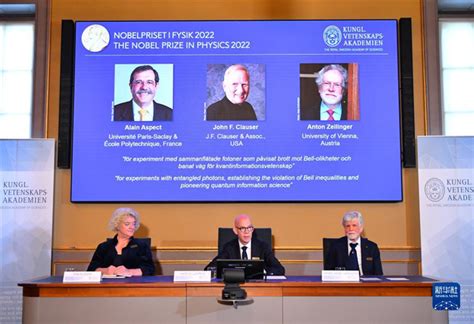 mounts of solar and wind energy, thus contributing to the development of sustainable energy and providing power for radio equipment.
mounts of solar and wind energy, thus contributing to the development of sustainable energy and providing power for radio equipment.
Frances Arnold (United States of America), George Smith (United States) and Gregory Winter (United Kingdom) were used for innovative applications in “directed evolutionary enzymes” and “bacterial displays of antibodies.” Using the principles of biological evolution, they artificially modified the structure and function of proteins to create new biological molecules with new characteristics and uses, which were important in areas such as medicine, agriculture, energy. 6, 2017, Jacques Duborgche (Switzerland), Joachim Frank (United States) and Richard Henderson (United Kingdom) were instrumental in “frozen electronic microscopes.”
They simplify and apply frozen electron microscope technology in the direction of biomolecular imaging, visualizing previously invisible biological processes, with revolutionary implications for life sciences and biomedical research.7 In 2016, Jean-Pierre Sovic (France), Fraser Stoddat (United Kingdom) and Bernard Fringa (Netherlands) were designed and synthesized in terms of “molecular machines.”
They optimized the controlled movement of molecules and developed the world’s smallest machine, which could be a mini-heavy crane, artificial muscle, and pocket electric motor, and when the energy was increased, the molecules were able to perform their tasks, bringing about a breakthrough change in the development of microchemical technologies.8 Thomas Lindal (Sweden), Paul Modrich (United States) and Aziz Sanjar (Turkey) in 2015, because they revealed how cells repair damaged DNA and protect genetic information at molecular levels.
The study not only provides us with the most basic understanding of how living cells work, but also contributes to the development of many practical applications, such as new cancer therapy, and could make the cure of genetic diseases a reality.9 In 2014, Eric Baizeg (United States), William A. Molnar (United States) and Stefan W. Hull (Germany) contributed to the breakthrough in “super-resolution fluorescent microtechnology.”
They have broken the limits of optical micro-imaging technology, expanding their resolution to nanoscales, enabling scientists to study living cells from tiny molecular details, and contributing to a better understanding of the phenomena and mechanisms of life sciences from molecular levels.10 In 2013, Martin Capras (United States), Michael Levitte (United States) and Ariel Vascher (Israel) for their pioneering work on “Multiscale Complex Chemical System Models.”
They allow classic physics to “fight s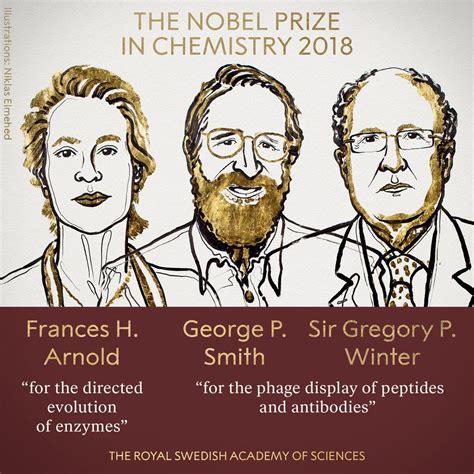 ide by side” in chemistry, using computers to simulate complex chemical response processes, thus deepening our understanding of material structure and movement patterns, and laying the foundation for many innovative results. A Nobel laureate was asked where the most important thing in his life was the university, which laboratory... this year's chemical Nobel Prize winner: Mungi Bavendi, Luis Bruce and Alexei Yequimov.
ide by side” in chemistry, using computers to simulate complex chemical response processes, thus deepening our understanding of material structure and movement patterns, and laying the foundation for many innovative results. A Nobel laureate was asked where the most important thing in his life was the university, which laboratory... this year's chemical Nobel Prize winner: Mungi Bavendi, Luis Bruce and Alexei Yequimov.
The 2023 Nobel Prize laureates in chemistry succeeded in discovering and developing such small particles, which are now very important in nanotechnologies. The chairman of the Nobel Chemical Commission, John Aquist, said, “Quantum dots have 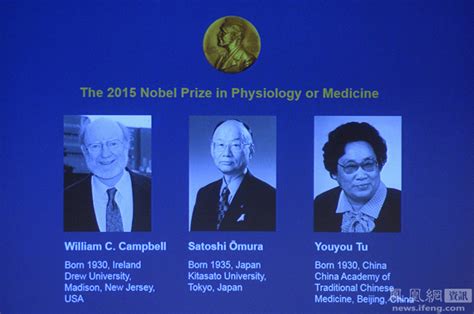 many fascinating and unusual characteristics. It is important that they have different colors according to size.” The quantum dots, as described, are bringing many benefits to humanity. In the future, researchers believe they can contribute to flexible electronic products, microsensors, thinner solar cells, and encrypted quantum communications.
many fascinating and unusual characteristics. It is important that they have different colors according to size.” The quantum dots, as described, are bringing many benefits to humanity. In the future, researchers believe they can contribute to flexible electronic products, microsensors, thinner solar cells, and encrypted quantum communications.
1988 Doctorate, University of Chicago, Illinois, United States. Professor, Massachusetts Institute of Technology. Luis Bruce, born in 1943 in Cleveland, Ohio, United States. Ph.D., Columbia U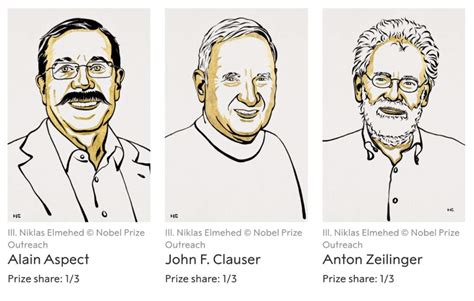 niversity, New York, United States, 1969. Professor, Columbia University, New York, United States. Alexei Ekemov, born in the former Soviet Union in 1945. Doctorate, Ioffe Institute of Physics, St. Petersburg, Russia, 1974.
niversity, New York, United States, 1969. Professor, Columbia University, New York, United States. Alexei Ekemov, born in the former Soviet Union in 1945. Doctorate, Ioffe Institute of Physics, St. Petersburg, Russia, 1974.
Outreach material: The Nobel Prize for Chemistry was one of the five Nobel Prizes established by Nobel's will in 1895, designed to reward scientists who made the most important discoveries or inventions in the field of chemistry. The 1901 Nobel Prize for Chemistry was awarded for the first time. The selection committee for the Nobel Prize usually announces its winners in October of each year. The Award ceremony is held on 10 December of each year, the anniversary of Nobel's death. According to the Nobel Prize Network, the Nobel Prize for Chemistry is selected and awarded once a year, with a gold medal, a certificate and a bonus awarded by the Swedish Royal Academy of Sciences.
As of 2023, the Nobel Prize for Chemistry had been awarded 115 times, with 194 winners, 63 of whom were awarded by one person, 25 by two and 27 by three. The presentation by the Nobel Prize winner for chemistry in 2023 will be here. Thank you for taking the time to read the site, and more information on the 2023 Nobel Prize winner for chemistry will not be forgotten.
-
Previous
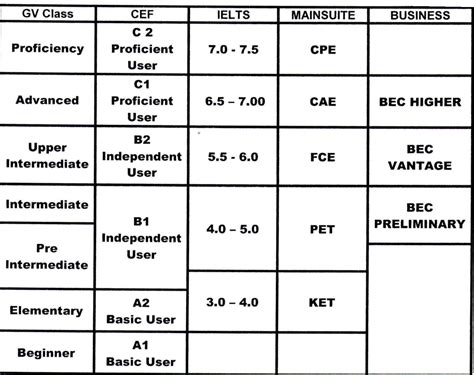
How much for Cambridge?
Now let me tell you how much Cambridge is going to cost you, and how much it will help you to start talking about it. Cambridge University is now preparing a guide to how much Cambridge is going to
-
Next

2023 Nobel Prize winner in Physics.
To share with you today the knowledge of the Nobel Prize laureates in physics in 2023, and if you happen to be able to solve the problems you are facing now, let us now turn our attention to this s
Related articles
- What's pheasant college in America?
- Is it easy to find a job in Canada? Undergraduate
- What to learn in mechanical automation
- How much does it cost to study in Korea for one year
- What universities are there in Antigua and Barbuda immigrant Antigua
- What universities are there in Senegal Vilnius University in Lithuania
- How much does it cost to study in East Timor a year pocket money: about 2000 dollars a year
- Extraction of caffeine from tea except ethanol extraction
- What universities are there in Bahrain is there Orlando Central University in the United States
- What universities are there in Georgia